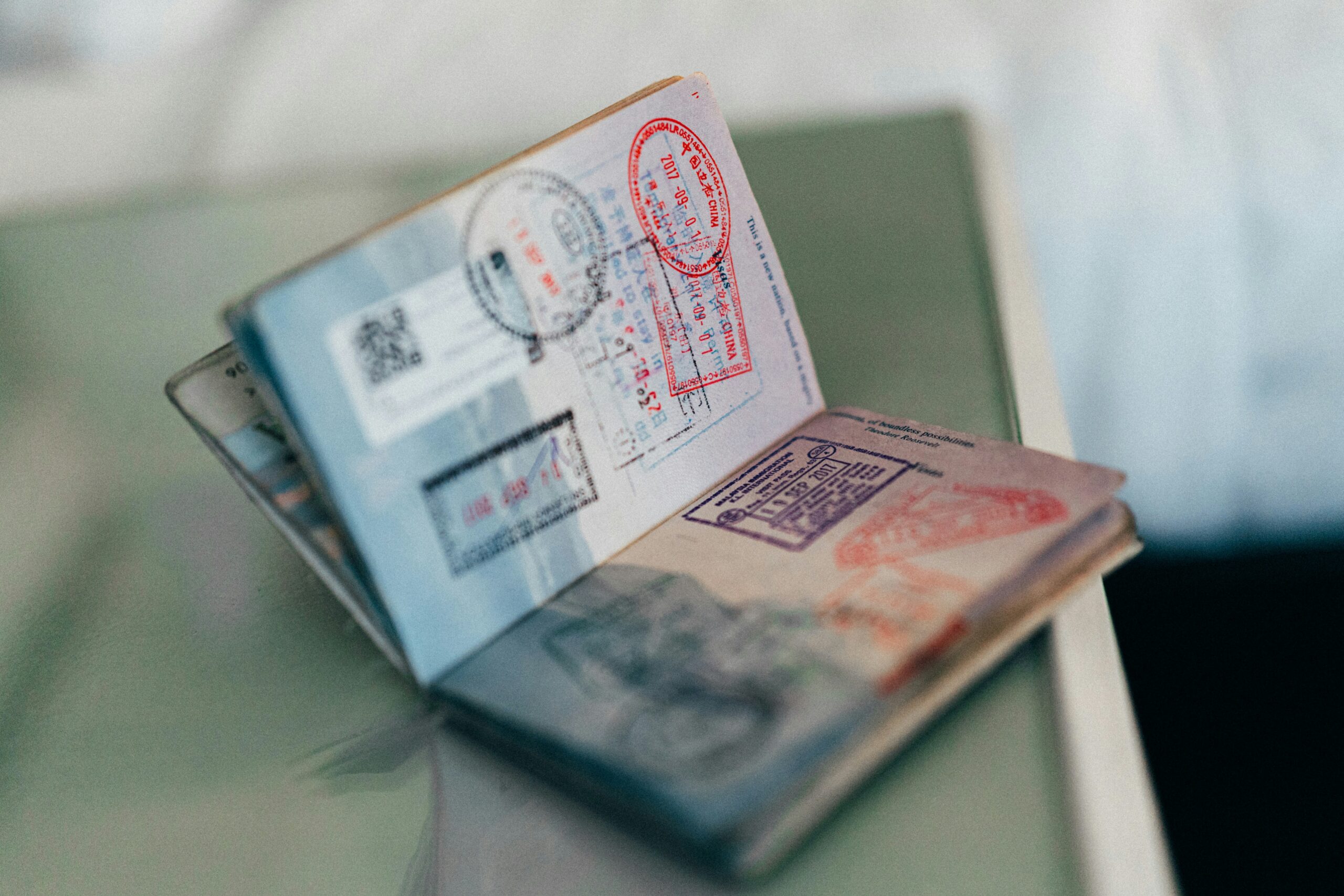Countries exempted from visa requirements for Schengen entry

With the start of ETIAS from 2025 it is very easy to confuse the terms of the different permits to travel to any of the Shengen countries. Not all countries require a visa, and not all countries require an ETIAS – SEIAV electronic authorization to enter Schengen. But first let’s clarify the differences between the two:
The purpose of a visa, which is a physical document included in our passport (usually a sticker on one of the sheets), is to authorize entry for a specific reason such as vacation and visiting a family member, transit or business, and involves a detailed assessment of the applicant, who must meet specific requirements depending on the type of visa requested (such as letter of invitation, proof of studies, employment contract). The visa application usually requires a more exhaustive process and may involve interviews at embassies or consulates, verification of financial and labor documents, and in general a time planning is needed in order to obtain it and travel to the desired country.
The purpose of an electronic travel permit is the same… to authorize entry into a given country for a short stay usually for tourism and/or short visit to a relative/friend, transit to another country or for business. But in this case the main requirement is that the traveler must have a passport from a country with a visa exemption agreement. What does this mean? the traveler must be a national of a country that does not require a physical visa going through the embassy, as we have explained in the visa section. If your country is visa exempt, to enter the country you wish to visit, then you can apply for your electronic travel permit online, where you will be asked only the most basic questions and it will be processed in a reasonable time, usually on the same day it is applied for. This is the case of ETIAS – SEIAV. Check IN THIS LINK the countries that do not require a visa to enter Schengen.
In the case of electronic travel permits, you obviously do not go through an interview, but in return upon arrival at the border of the country you are visiting, the border agent will do the work of assessing whether you meet the conditions of entry with an electronic travel authorization. It may be the case that the border agent’s evaluation is not favorable, but in 99% of the cases the result will be approved.
Today there are already several countries that use electronic travel permits, such as ESTA for the USA, eTA for Canada, eTA for the UK, eTA Visa to Australia. And finally the ETIAS – SEIAV which will be launched very soon in the spring of 2025.
